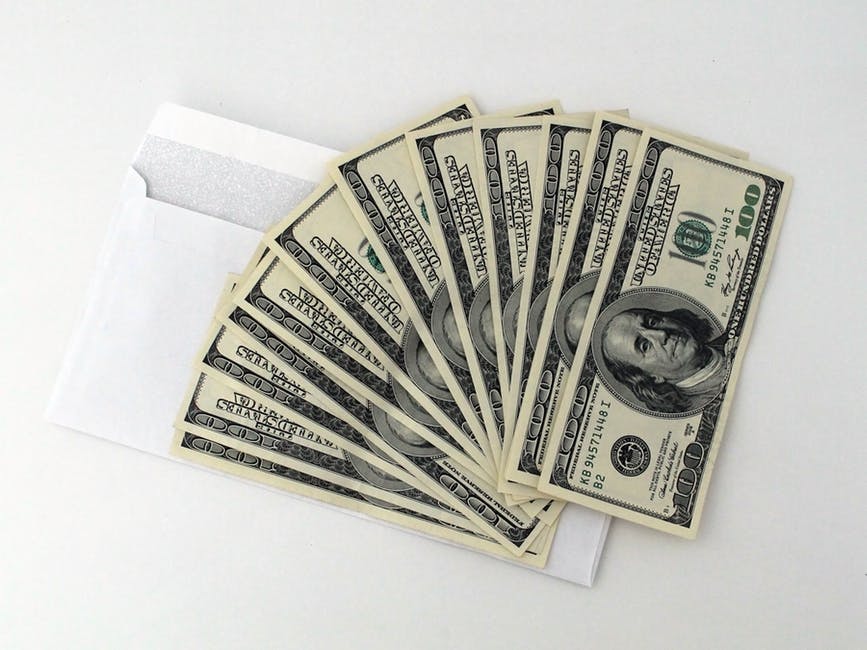Snowball vs Stacking- Understanding Debt Payoff Methods

- Steve Cage
- Jun, 14
Every American is facing the crisis of debt in the current economic condition. In fact, most of us have less than $1,000 in our savings bank account. This could be disastrous for the population as we have to live a life of debt slavery.
Don’t you think it will be great to leave debt in the past and live a life full of financial freedom? If yes, then learn about these two amazing methods of debt payoffs that could likely help you overcome debt and win in life.
Debt snowball method
This method follows the total amount payable. You simply need to write down all the debts you have to pay. Now check the debt with the lowest balance payable. This is the debt you should pay off first. Once done, strike it off your list and move on to the debt with the lowest payable balance now.
By doing this, you are creating a snowball effect. You start rolling the smallest snowball first and along the way move on to bigger debts. You don’t really have to focus on the interest rates payable on these loans.
A good way of following the snowball method of loan payment is to make the minimum payment on all loans. Remember, you cannot leave the bigger loans unattended just because your focus is on writing off smaller loans. Here is what you may be doing:
Loan 1- $1,200. Minimum payment $200
Loan 2- $5,600. Minimum payment $600
Loan 3- $55,000. Minimum payment $1,000.
First, you will pay $200 + $600 + $1,000 towards all loans. This means a total payment of $1,800. Once done, your priority is to pay off the smallest loan i.e. Loan 1. Simply save as much as you can over this month or the next 2-3 months and pay off this loan completely. After that, focus on Loan 2 and Loan 3.
Paying loans this way can help you get rid of a feeling of overwhelm. However, you pay more in interest overall.
Debt stacking method
In this method, you have to focus on paying the debt with the highest interest rate first. If you have the same three loans you had in the previous example, your top priority will not be Loan 1 anymore. Here is how it works.
Loan 1- $1,200. Interest rate 8%
Loan 2- $5,600. Interest rate 13%
Loan 3- $55,000. Interest rate 5%.
Here, the loan that is costing you the highest is Loan 2. Hence, you will focus on writing off Loan 2 with 13% interest rate from your books first. Again, you make minimum payments for all your loans and then save everything you can to pay off the highest loan.
While in this method, you should be able to pay lower interests, it could be difficult to achieve success in the beginning. The first step will be the hardest as high interest rates could also be your biggest loans which are difficult to pay off.
The method of paying off a loan depends entirely on you. We suggest to opt for debt snowball method if you have numerous small loans and debt stacking method if you have loans with very high rates of interest.

